Houseplants That Actually Thrive on a Little Neglect
I’ve spent years with my hands in the dirt, and if there’s one thing I’ve learned, it’s this: most people don’t have a black thumb. They’ve just been sold the wrong plant.
In this article
You see a gorgeous, dramatic-looking plant on social media, you bring it home, and two weeks later, it’s a sad, crispy mess. The problem isn’t you. It’s that you were sold a high-maintenance trend, not a plant that actually fits your home and lifestyle. My whole philosophy is about matching the right plant to the right person, so you get all the joy without the frustration.
So, this isn’t a list of the rarest or trendiest plants out there. Honestly, those are often the most difficult. This is about the beautiful, reliable, and seriously underrated workhorses of the indoor plant world. These are the plants I recommend to my own friends and family—the ones that are forgiving, adaptable, and bring life to your space without demanding a daily pep talk.
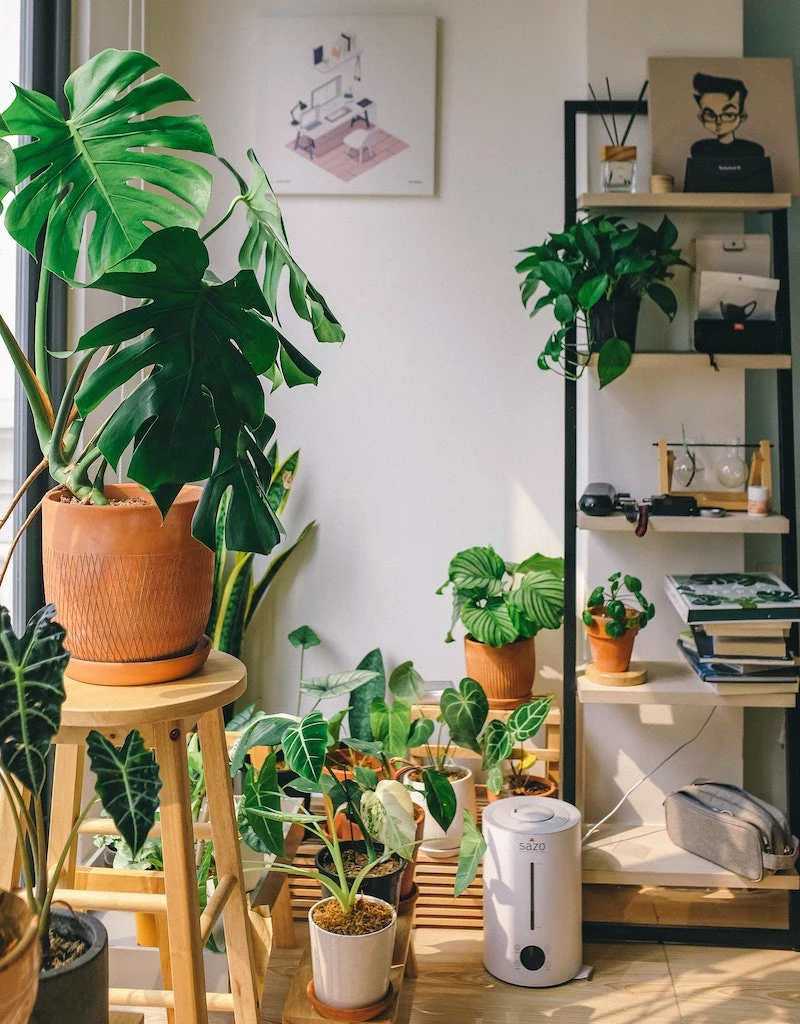
Before We Dig In: A Few Universal Truths
Before we get to the specific plants, let’s cover a couple of things that apply to almost everything you’ll grow indoors. Getting these right is half the battle.
First, let’s talk about feeding your plants. It sounds complicated, but it doesn’t have to be. For most of these, my routine is simple: during the growing season (think spring and summer), I use a balanced liquid fertilizer, diluted to half the strength recommended on the bottle. I just add it to my watering can about once a month. In the fall and winter, I let them rest and don’t feed them at all. That’s it! No fancy schedules needed.
Second, the number one killer of houseplants is overwatering, which leads to root rot. If you’re worried, here’s how to check for it in 60 seconds: Gently slide the plant out of its pot. Take a look at the roots. Are they mostly white or tan and feel firm? You’re golden! But if you see brown, mushy, or slimy roots… it’s time for some plant surgery.
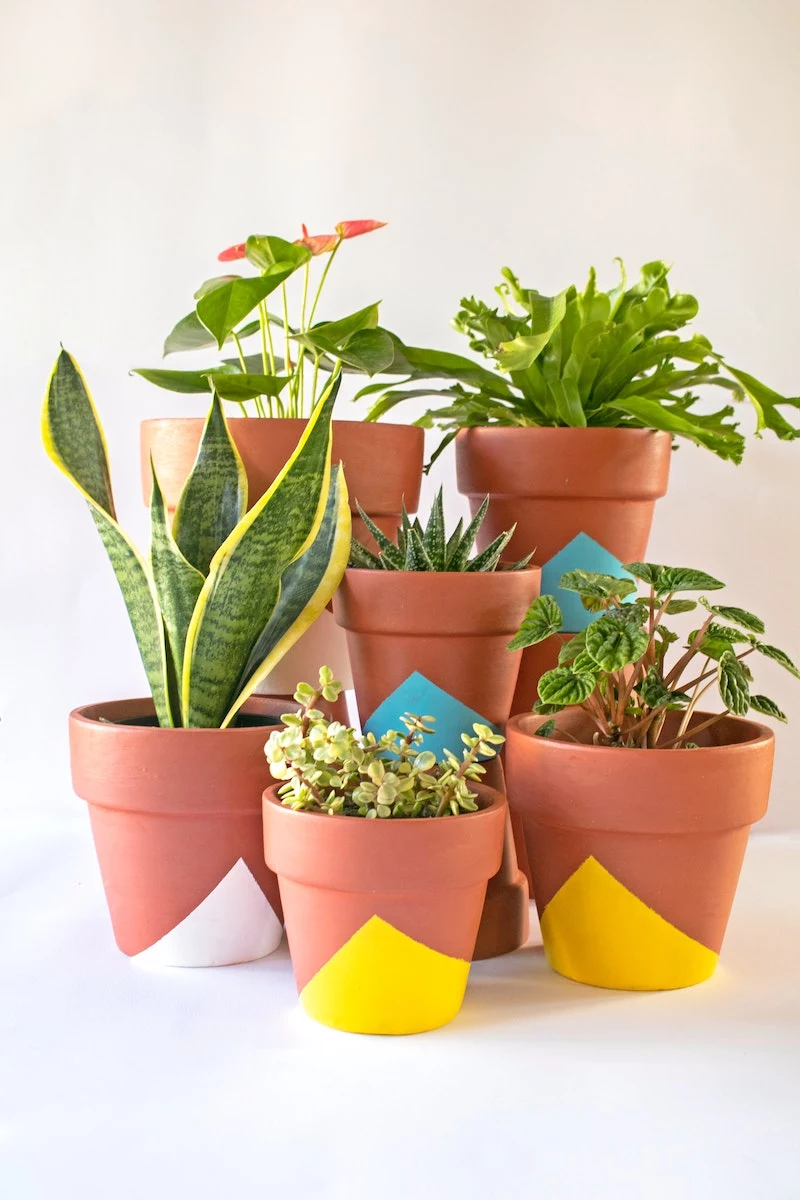
1. Chinese Evergreen (Aglaonema)
Quick Facts: Expect to pay between $15 and $40 at most nurseries or even stores like Lowe’s. Heads up, it’s toxic to pets, so keep it out of reach! Its superpower is bringing vibrant color to lower-light spots where most other plants would give up.
People often walk right past the Chinese Evergreen, probably thinking it looks a bit plain. But that’s its secret weapon. This is one of the most dependable plants you can possibly own. Its ability to handle low light is legendary, but newer varieties offer incredible colors—from speckled pinks to fiery reds—that can give any fussy calathea a run for its money, with none of the drama.
Its natural home is on the floor of tropical forests, where light is dappled and the soil is loose. That’s the vibe we’re trying to create. For the best color, give it a spot with medium, indirect light. A good test? If you can comfortably read a book in that spot during the day, it’s perfect. A north-facing window is a fantastic choice. The classic green types can handle dimmer conditions, but the colorful ones need a bit more light to keep their patterns looking sharp.
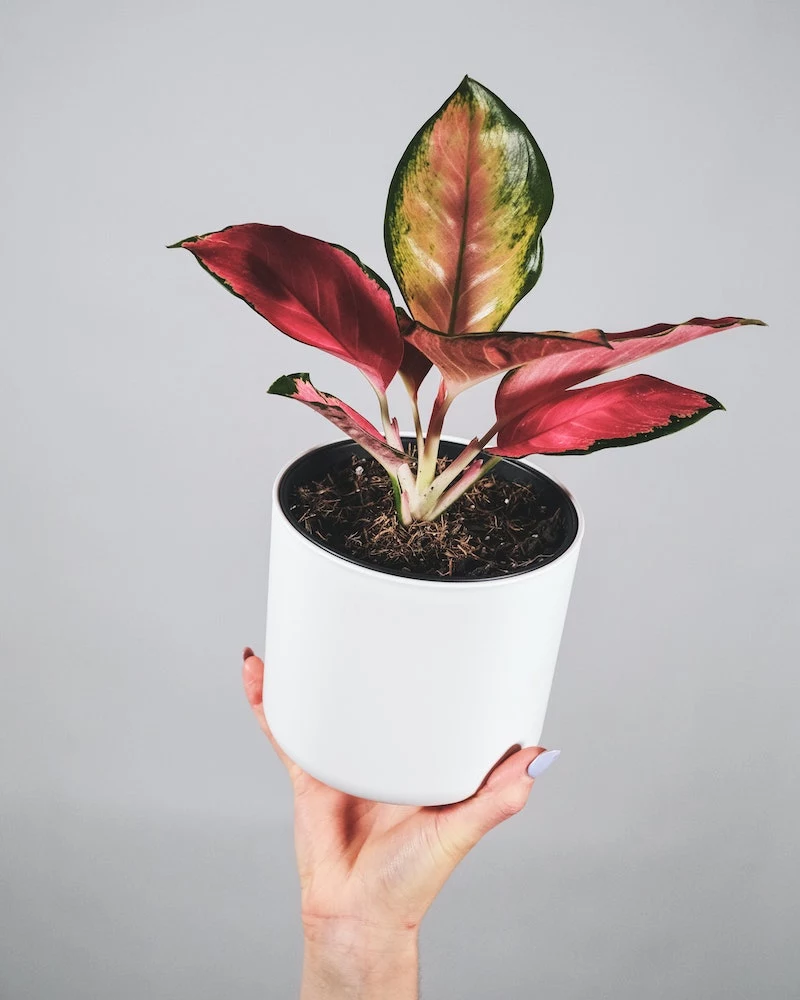
Watering is where people mess up. These plants HATE wet feet. I always teach the same method: water it thoroughly until you see water drain out the bottom. Then, and this is the important part, let the top 2-3 inches of soil get completely dry before you even think about watering it again. For me, that usually means once every 7-10 days in summer, and maybe every 2-3 weeks in winter. But always, always check the soil with your finger first.
Oh yeah, and don’t just use any old potting mix. It’s usually too dense and will suffocate the roots. I use a simple mix: two parts of a high-quality potting soil (I like brands like FoxFarm or Espoma, basically anything that isn’t full of moisture-retaining crystals), one part perlite, and one part orchid bark. This keeps things airy and happy.
2. Cast Iron Plant (Aspidistra elatior)
Quick Facts: This one’s an investment in patience. It’s a slow grower, often costing between $25 and $60 for a decent-sized plant from a specialty nursery. But it’s non-toxic to pets and is as close to indestructible as a plant can get.
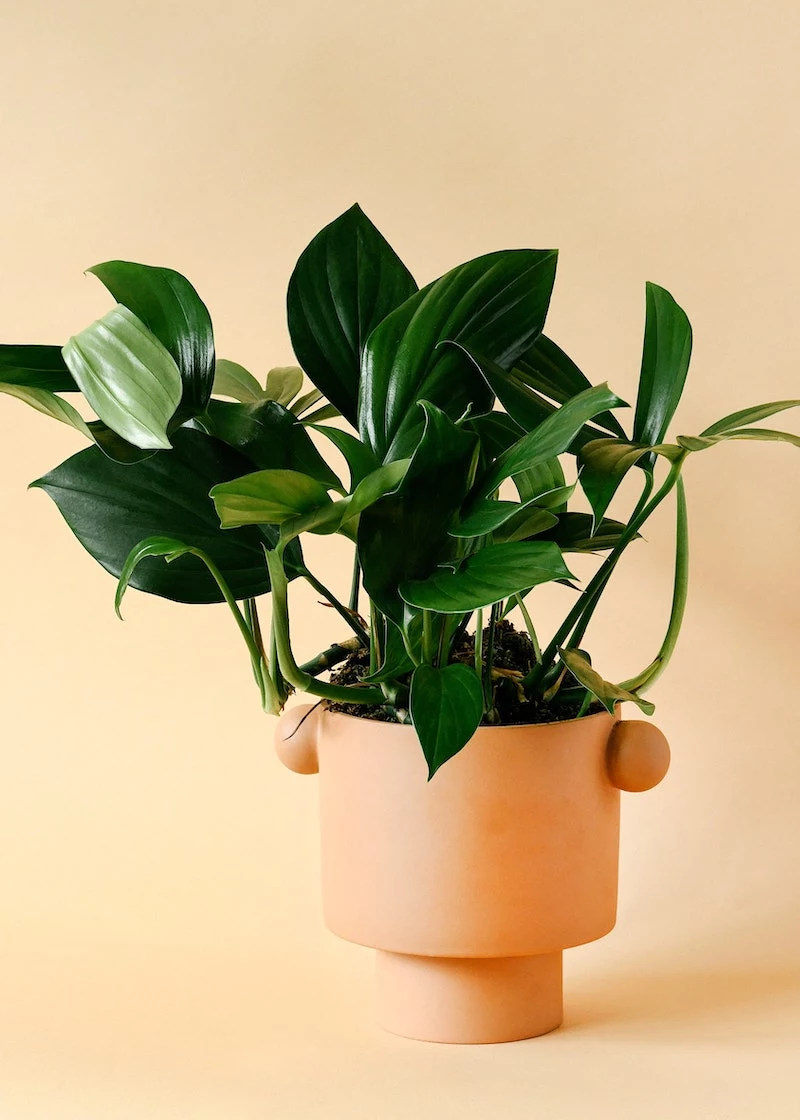
The Cast Iron Plant earned its name for a reason. It was a staple in dimly lit parlors because it could handle the gloom and even poor air quality from old gas lamps. Today, people sometimes ignore it because it’s not flashy. But if you have a dark corner where literally nothing else will grow, the Aspidistra is your elegant, drama-free solution.
It grows from a rhizome (which is basically a thick, underground stem that holds water like a camel’s hump), making it incredibly drought-tolerant. This is its survival superpower. The biggest mistake you can make is giving it too much love, especially water. I’m not kidding, I water my personal one maybe once a month. Just let the soil dry out almost completely between waterings.
This plant genuinely prefers low light. Direct sun will scorch its deep green leaves, leaving ugly brown patches that never heal. A hallway, a north-facing room, or an office with only fluorescent lights? Perfect. I’ve had the same Cast Iron Plant for over a decade, and it looks almost the same as the day I got it, just a bit fuller. It’s the definition of a stoic, low-maintenance companion.
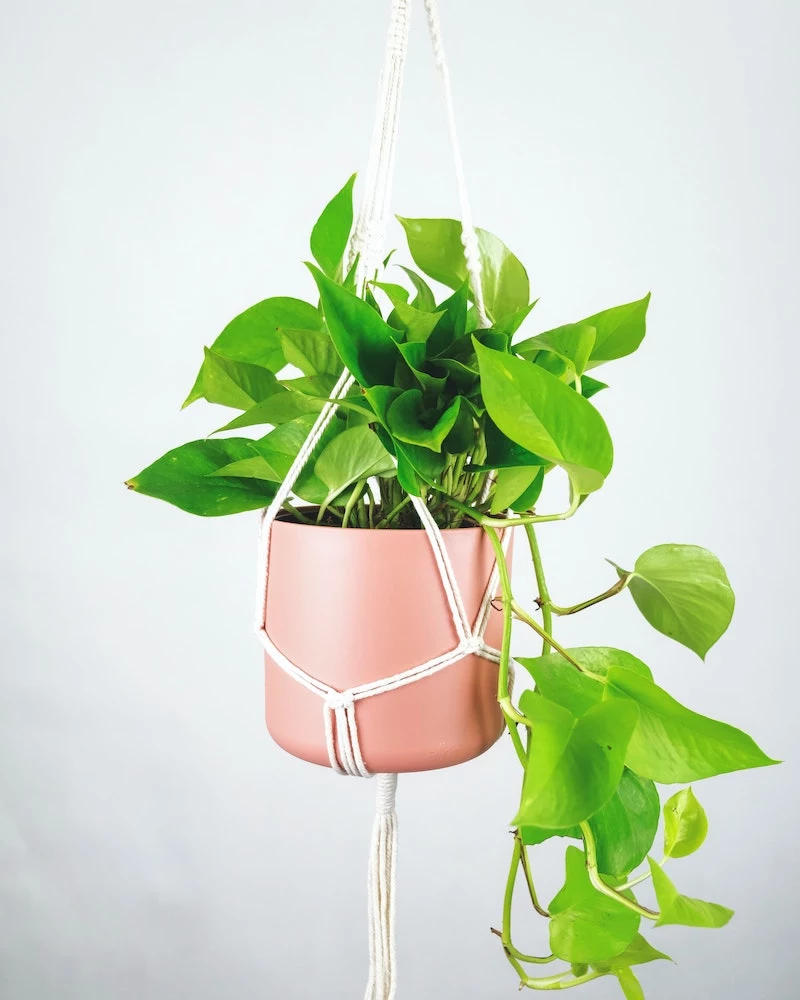
3. Dragon’s Tail (Rhaphidophora decursiva)
Quick Facts: A fantastic Monstera alternative. You’ll find starter plants online or at specialty shops for around $25-$50. It’s toxic to pets, so be careful. Pro tip: To get those amazing split leaves, you MUST give it a moss pole to climb. It’s not optional!
Everyone knows the classic Swiss Cheese Plant, but this cousin is a showstopper that’s still flying under the radar. Its leaves are huge, glossy, and as they mature, they develop these deep, dramatic splits that really do look like a dragon’s tail. It’s a fast-growing climber that offers a similar tropical vibe but with its own unique personality.
Because it’s a natural climber, it wants to grow up. Without support, the leaves will stay small and you’ll never see those cool splits. I always use a moss pole. As the plant’s aerial roots dig into the moist pole, it feels secure and starts putting out bigger, more mature leaves. For lighting, an east-facing window with some gentle morning sun is the sweet spot. When you water, make sure to moisten the moss pole too—it really encourages the roots to attach.
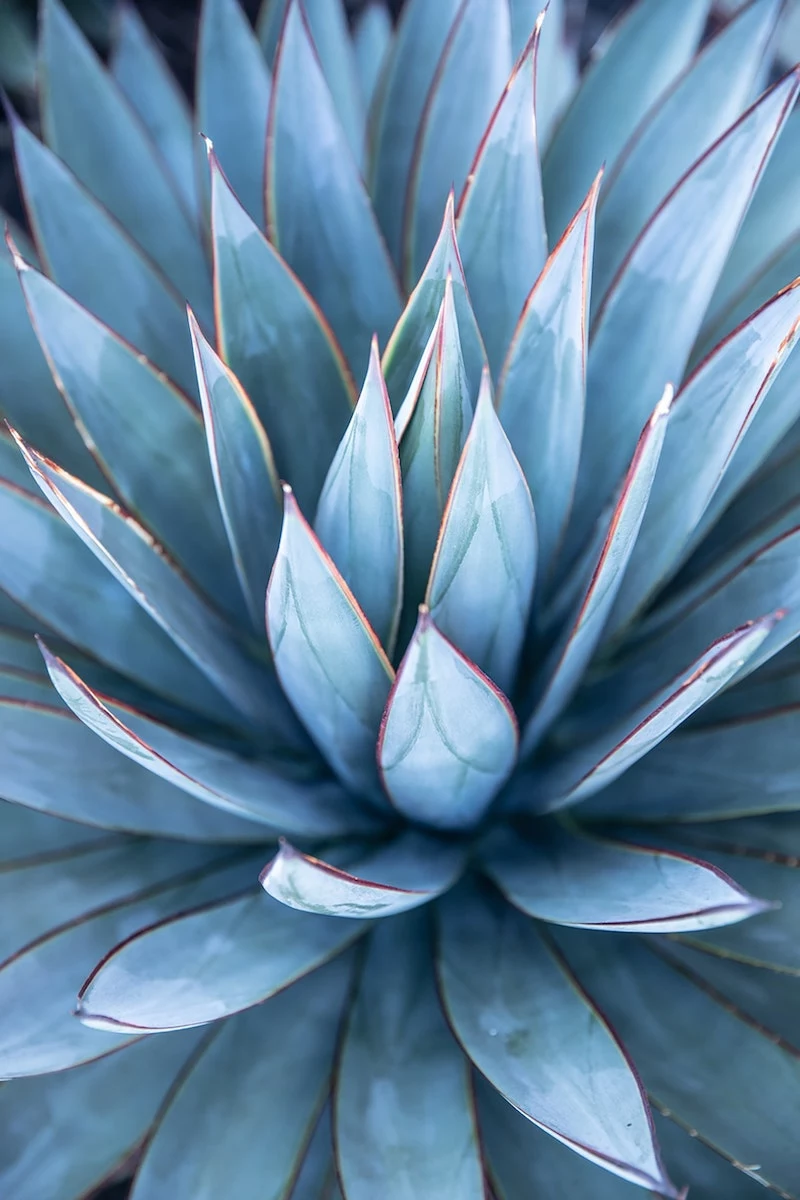
This plant is also incredibly fun to share. Once a vine gets long enough, just snip off a piece with at least one leaf and a little brown nub (that’s a root node). Stick it in a glass of water, and in a few weeks, you’ll have a whole new plant. It’s that easy.
4. Inch Plant (Tradescantia zebrina)
Quick Facts: Super budget-friendly! You can find these everywhere for $5 to $15. It’s mildly toxic to pets (can cause some skin irritation). The key to a gorgeous plant isn’t light or water—it’s pruning!
Sometimes called the Wandering Dude, this plant is so easy to grow that people often dismiss it. Big mistake. When you treat it right, its shimmering striped leaves of purple, green, and silver are absolutely stunning. It’s a fast-growing trailing plant that can fill a hanging basket with a cascade of color in no time.
The secret to a lush, full plant is regular pruning. They naturally get “leggy,” with long, bare stems. That’s not your fault! To fix it, you just have to pinch or cut back the stems every few weeks. This forces the plant to get bushier from the base.
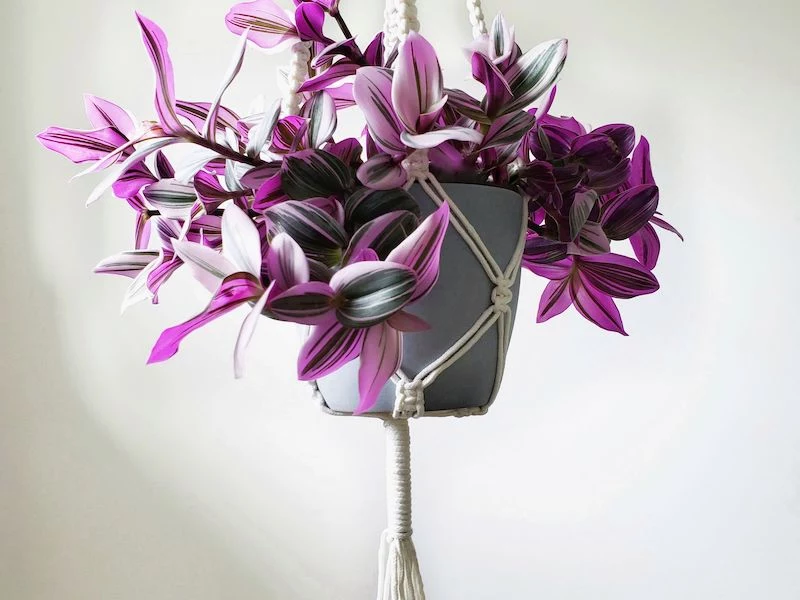
Here’s a fun little challenge. Try This Now: Find the longest, scraggliest stem on your plant and pinch it back by a few inches. Now, take the piece you just pinched off and stick it right back into the soil in the pot. Boom. You just made your plant fuller AND created a new one at the same time.
One last thing to know: these plants aren’t meant to live forever. They tend to look their best for a year or two and then can start to look a little tired. The pro move is to constantly restart the plant from all those cuttings you’re taking. That way, you always have a fresh, vibrant specimen.
5. Corn Plant (Dracaena fragrans)
Quick Facts: A classic for a reason. Prices range from $20 for a small one to over $100 for a large, floor-standing specimen at most home improvement stores. It’s toxic to cats and dogs, so place it with care. Its main weakness? Tap water.
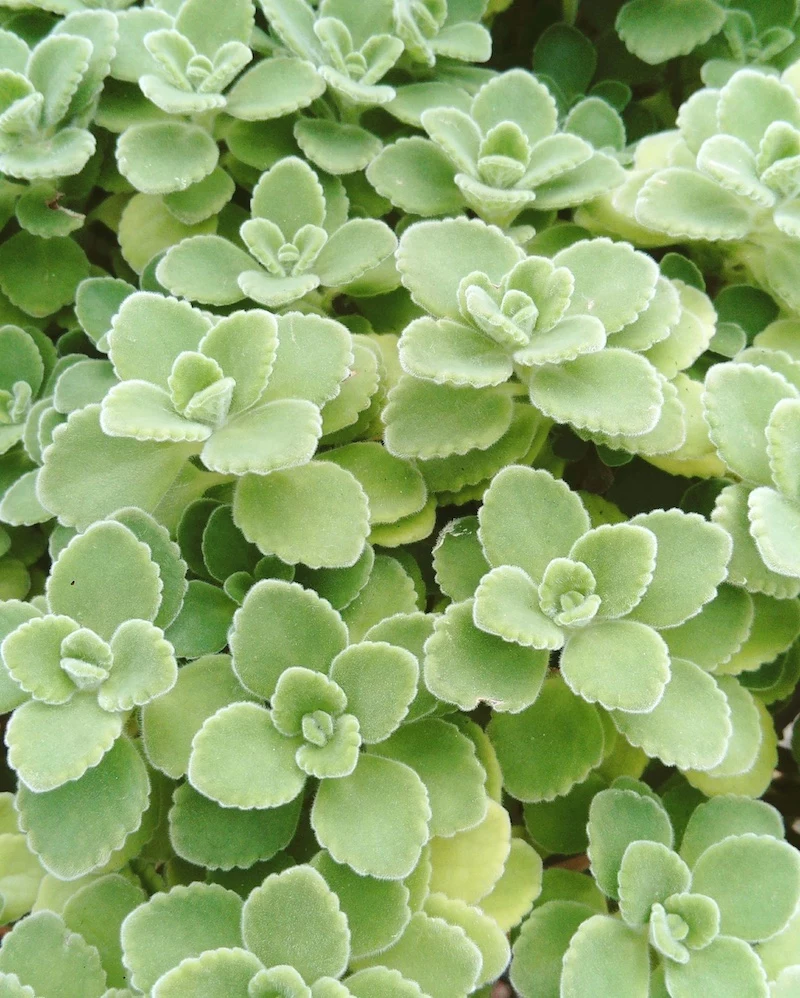
The Corn Plant was everywhere for a while, and because of that, some people think it’s dated. I think it’s ready for a major comeback. It gives you the look of a small tree without the fuss, it’s amazing in lower light, and it’s super forgiving. Its simple, architectural shape is a perfect fit for modern decor.
It does best in medium to bright, indirect light, but it’s famous for tolerating less-than-ideal conditions. The single biggest problem I see with these is brown, crispy leaf tips. And it’s usually not a humidity problem. Dracaenas are very sensitive to fluoride and other minerals in tap water. The plant pushes these minerals to the leaf tips, where they build up and kill the tissue.
I learned this the hard way with my first Corn Plant—the tips got so crispy, and I couldn’t figure out why. Turns out, my city water was the culprit. The fix is to use filtered, distilled, or even rainwater. It makes a world of difference.
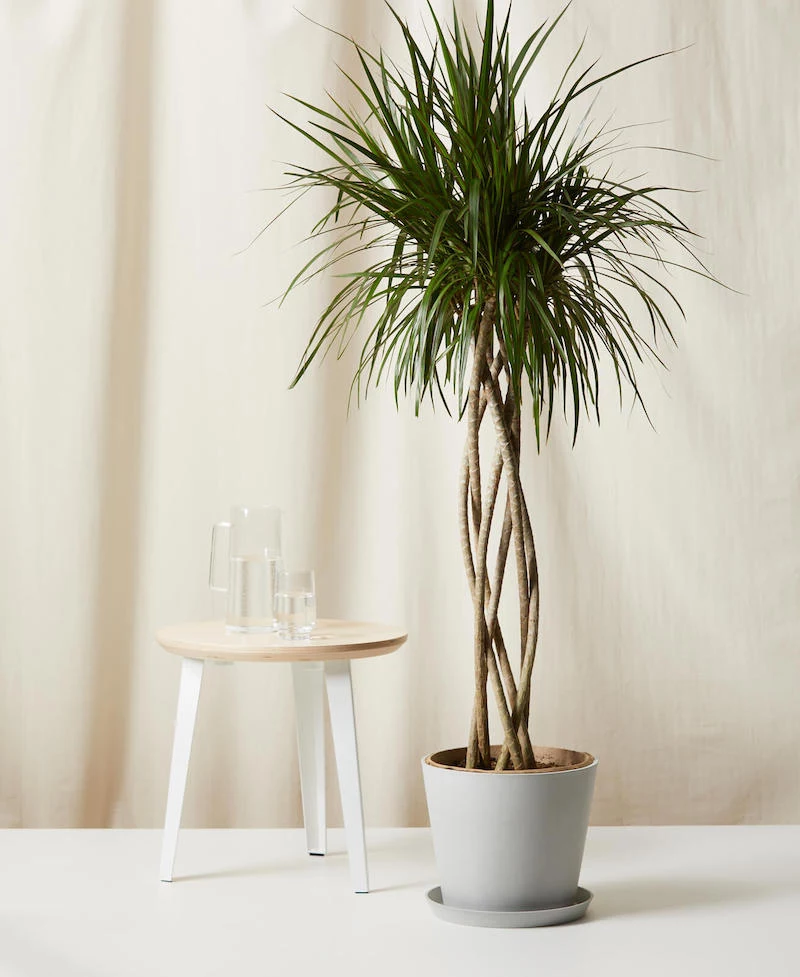
6. Vicks Plant (Plectranthus tomentosa)
Quick Facts: A quirky and fun succulent, usually found at specialty nurseries or online for about $10-$20. It’s non-toxic but not for eating! Its best feature is the amazing camphor scent it releases when you touch the leaves.
This is a plant that engages more than just your eyes. It might not be a classic beauty, but its charm is off the charts. The leaves are thick and fuzzy, and when you gently rub them, they release a powerful scent just like Vicks VapoRub. It’s a sensory experience and a fantastic conversation starter.
Being a semi-succulent from South Africa, it loves light and hates being wet. Give it a spot with several hours of direct sun, like a south or west-facing window. Treat it just like a succulent: let the soil dry out completely between waterings. It can get a little leggy over time, so don’t be afraid to prune it back to encourage a bushier shape. You can easily root the cuttings to make more!
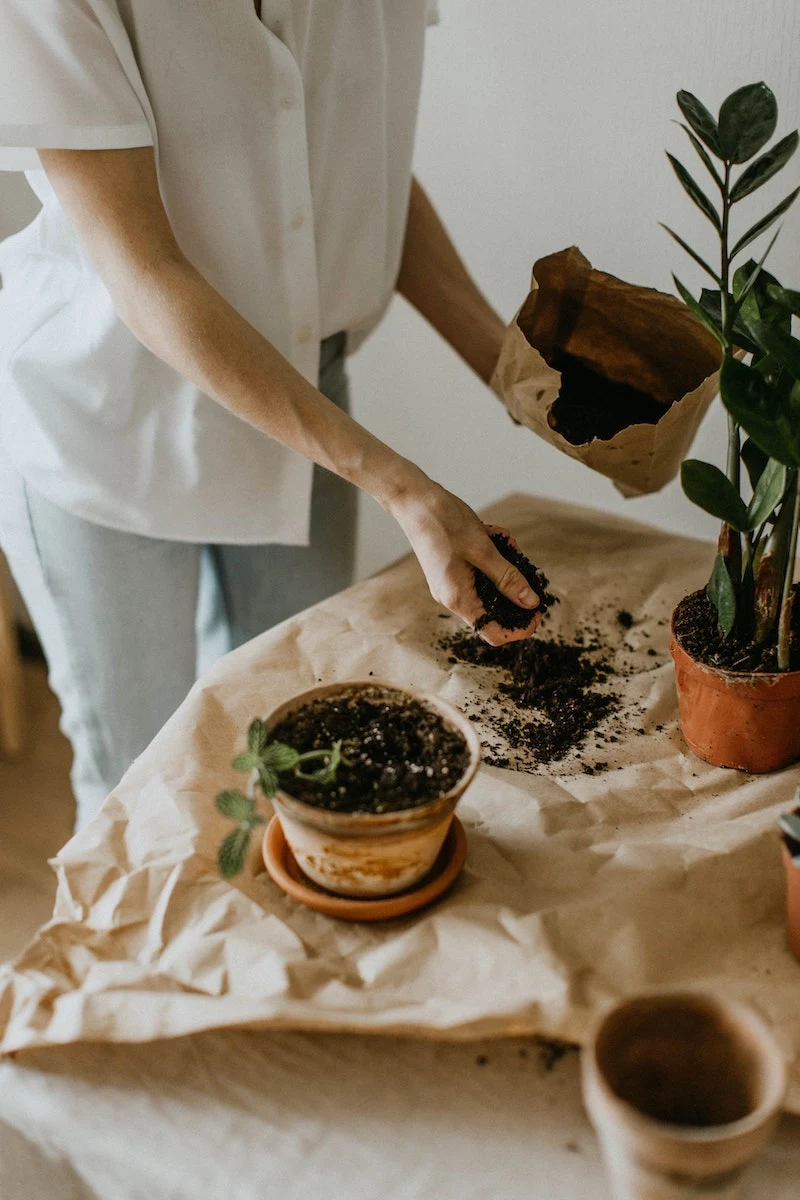
Just a quick note: while it smells like the cold remedy, please don’t eat it or make tea from it. It’s strictly for enjoying with your nose!
7. Blue Glow Agave (Agave ‘Blue Glow’)
Quick Facts: A high-risk, high-reward plant for indoors. A small one will set you back $25-$50. It’s technically non-toxic, but it’s dangerously sharp. This is an outdoor plant that can sometimes live indoors if you have the PERFECT conditions.
I’m including this one with a huge warning label. It’s often sold near the houseplants, but it’s one of the toughest to keep happy inside. Its striking blue-green leaves with glowing red and yellow edges are incredibly tempting, but I’ve seen so many people fail with it.
This is a desert plant, plain and simple. It needs two things that are hard to provide indoors: insane amounts of light and almost no water. We’re not talking about a bright window; we’re talking about several hours of direct, unfiltered, blazing sun every single day. A south-facing window is the bare minimum. Without it, you’ll need a powerful grow light. As for water, the motto is: when in doubt, don’t. I might water mine once every 6-8 weeks in the winter. Overwatering will kill it overnight.
And a serious safety warning: this plant is SHARP. Each leaf ends in a needle-like spine, and the edges are lined with tiny teeth. I’ve gotten some nasty scratches from them. This is absolutely not a plant for homes with kids or pets, or anywhere someone might accidentally brush against it.
At the end of the day, choosing a plant is about finding a living companion that fits your life. It’s a partnership. Forget the trends and find a workhorse that works for you.
Okay, your turn! Which of these overlooked heroes are you thinking of trying? Or do you have a favorite resilient plant that I missed? Let me know in the comments below!
Inspirational Gallery
The Potting Mix Debate: For truly forgetful plant parents, the choice of pot makes a world of difference. A classic unglazed terracotta pot is your best friend. Why? It’s porous, allowing moisture and air to pass through, which helps the soil dry out evenly and dramatically reduces the risk of root rot from an accidental overwatering. Glazed ceramic or plastic pots, on the other hand, hold moisture for much longer. They can be great for plants that prefer to stay consistently damp, but for the ‘thrive on neglect’ crowd, terracotta offers a crucial safety net.
A 2015 study published in the Journal of Physiological Anthropology found that interacting with indoor plants can reduce psychological and physiological stress by suppressing autonomic nervous system activity.
It’s scientific proof of what plant lovers have always known: that quiet moment spent wiping dust off a leaf or noticing new growth isn’t just a chore; it’s a genuine moment of calm. Even for the most low-maintenance plants, this small interaction benefits both you and your green companion.
What about pests on these ‘easy’ plants?
While tough plants like the Snake Plant or ZZ Plant are highly resistant to pests, no plant is completely immune, especially if stressed. The good news is, you don’t need a cabinet of chemicals. A simple spray bottle with a solution of water and a few drops of pure neem oil is a fantastic preventative measure and treatment. Lightly mist the leaves (tops and undersides) once a month or so to deter common culprits like spider mites and mealybugs before they even think of moving in.
- Create visual interest by varying heights and textures.
- Anchor the arrangement with a tall, architectural plant.
- Allow vining plants to cascade over shelves or tables.
The secret? It’s the ‘Thriller, Filler, Spiller’ design principle, borrowed from outdoor container gardening. Place a tall ‘thriller’ like a Snake Plant in the back, add a bushy ‘filler’ like a Chinese Evergreen in the middle, and let a ‘spiller’ like a Golden Pothos trail down the front. This simple formula creates a lush, professional-looking green corner with minimal effort.
Don’t confuse ‘low-light tolerant’ with ‘no-light loving.’ This is the single most common misunderstanding. Plants like the Cast Iron Plant can survive in dim corners, but to truly thrive, they need some source of indirect light. Think of a spot across the room from a sunny window, or right next to a north-facing window. Giving them this small consideration will reward you with stronger growth and a healthier-looking plant, without adding any daily work to your plate.
Want an endless supply of new plants for free? The Golden Pothos is your teacher.
Simply snip a piece of vine, ensuring the cutting has at least two leaves and one node (the little brown bump where the leaf meets the stem). Place it in a glass of water, and within a few weeks, you’ll see new white roots begin to sprout. It’s the most rewarding and foolproof way to multiply your collection or share it with friends.
The best-kept secret for budget-friendly plants: Check the clearance rack at big-box stores like Lowe’s or The Home Depot. Many plants are marked down simply because they’re slightly wilted or have a broken leaf. For resilient species like those in this article, a good watering and a little time is often all they need to bounce back spectacularly. It’s a win-win: you save a plant and save money.
There’s a quiet magic in discovering a new, bright green leaf unfurling on your ZZ Plant, an organism you haven’t fussed over in weeks. It’s not a reward for meticulous care, but rather a testament to resilience. It’s a small, green reminder that sometimes, the best approach is to provide a stable environment and then simply step back and let life do its thing.
Heading out on vacation? Don’t stress your plants (or yourself). For a week or two away, most low-maintenance plants will be perfectly fine with this simple routine:
- Move them out of any direct sunlight spots to reduce evaporation.
- Give them a thorough watering right before you walk out the door, letting excess water drain completely.
- Group them together on a table. This slightly raises the humidity in their immediate vicinity, creating a more stable microclimate.
Important point: Avoid the urge to constantly relocate your plant. While it might seem helpful to move it to a ‘sunnier spot’ for an afternoon, most houseplants, especially the easy-going ones, value consistency above all. They expend energy acclimating to new light and temperature conditions. Find a suitable spot where it seems content and let it settle in. A little benign neglect is often better than a helicopter parent’s constant fussing.










